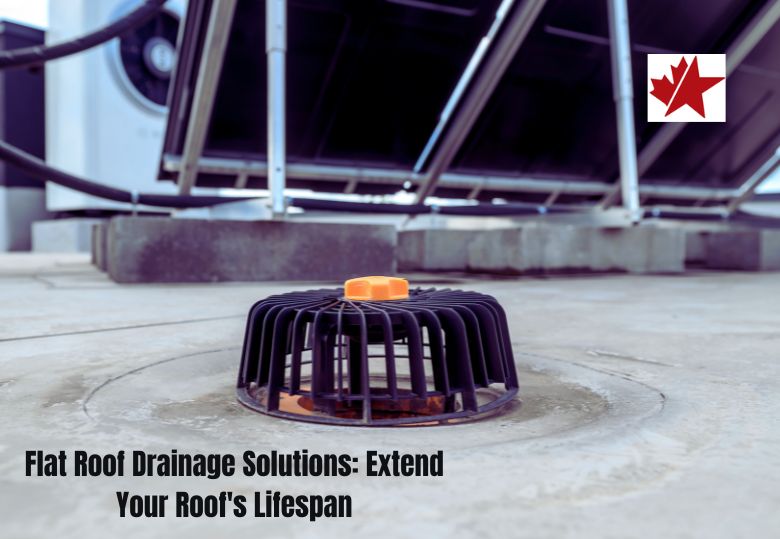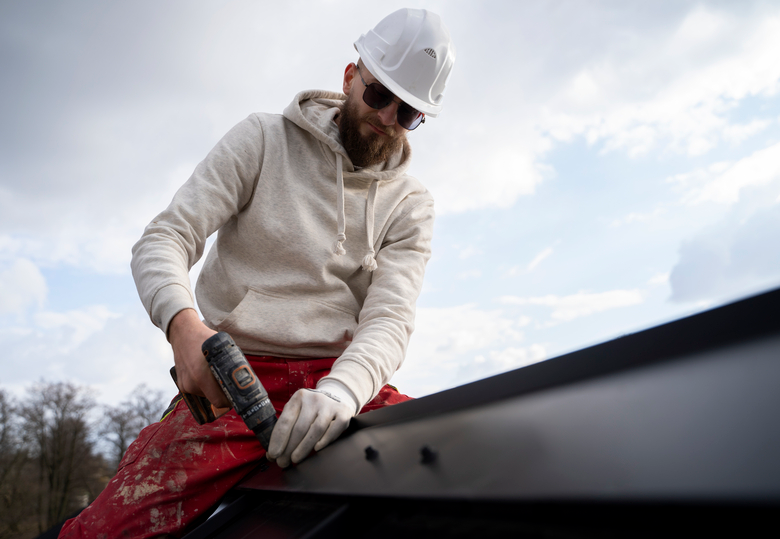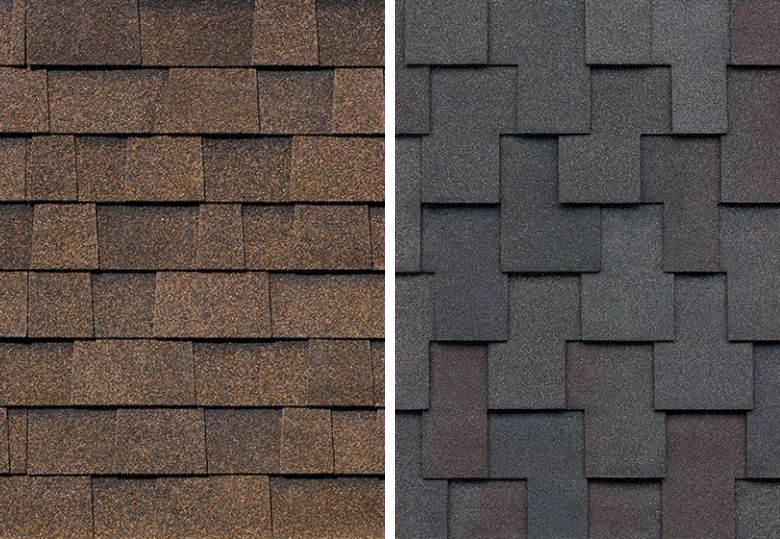Spring is coming, and we can soon say goodbye to the cold and dark of winter. Many people will be revisiting those home improvement projects. Thankfully, with still a few weeks ahead, now is a great time to plan your spring roof maintenance. This checklist will help give you an outline of what to look out for. Getting the job done right the first time will prevent unwanted hassle in the future.
Your roof is an integral part of your home. We recommend checking up on your roof twice a year or after a major weather event. With the snow melted away, spring is the prime time to make any repairs.
Clean The Gutters
We recommend cleaning your gutters once or twice a year. This also depends on the vegetation around your home. If you have large trees surrounding your home, conduct more regular check-ups. Leaves, twigs, and other debris can get caught in the gutters, which will cause you problems later on.
Gutter cleaning is important for several reasons. They are just as much a part of your roof as the structure itself. By that, we mean the gutters play a role in the roof’s overall state. Before getting up on the roof, now is a great time to get this off your list first. You can have a professional come or do it yourself. Clean out debris, ensure they’re secured to the eaves, and make sure they’re damage-free. If there is damage, water cannot properly flow. This can cause water to pool and cause extensive damage to your foundation.
Check Your Shingles
This one feels like a no-brainer, but how often do you really inspect your shingles? When we say check your shingles, we mean doing a full inspection. Wait for a sunny day with minimal wind for safety reasons. Get up on your roof and look for missing or torn shingles. If certain areas are missing shingles entirely, this can signal roof damage.
A professional roofer will help you handle any repairs needed for shingles. Incorrectly inserting new shingles can be dangerous to you and your roof. If you install your shingles incorrectly, it can also void your shingles warranty.
We recommend you check up on your roof to see what kind of damage there is. If you feel uncomfortable conducting a roof inspection yourself, ask a professional. While conducting a roof inspection, they will look beyond just the broken shingles. Rather, they can inspect the condition of the underlayment as well.
Roof Inspection Checklist
When conducting a roof inspection, there are many areas and things to consider. Wear and tear can happen in many places on your roof. For your spring roof maintenance, consider adding these to your checklist. A roof inspection should include checking for:
- Sagging Areas
- Loose Flashing Or Nails
- Eavestrough Damage
- Cracked Caulking
- Damage To The Soffit Or Fascia
A professional will examine areas people may often miss. However, it’s a good idea to conduct one yourself to get a feel for what work may need to be done. Keep tabs by taking notes or photos on areas you think may need repairing or replacing.
Clean The Roof
You heard right, clean. Thankfully, in Alberta, we have relatively low humidity. By that, we mean algae and moss growth isn’t as big of a problem as somewhere more tropical. However, roof cleaning can extend the lifespan of your roof and reduce the likelihood of mould.
Those with a flat roof especially should conduct a proper cleaning. This is because debris has nowhere to go and can cause problems with drainage. First, sweep away all larger debris. Check for any damage or cracks. Once you know that there are no leaks on your roof, you can pressure wash as an effective way to remove the remaining dirt.
Check For Water & Ice Dam Damage
Even if your roof isn’t leaking, it doesn’t mean there isn’t any water damage. We will often find water damage in its early stages when inspecting the roof. With the snow melted, your now exposed roof may show water damage. Missing, broken, peeling, warped or rotting shingles are some of the first signs of damage. Water damage is serious and will become more costly and difficult to solve the longer you wait.
Another thing to look out for is damage from ice dams. As the name might suggest, they are sections of ice formed by warming and freezing cycles. During the winter, ice dams form at the edge of the roof and prevent melting snow from draining. This built-up water can leak into the walls and ceilings of your home. Not only do they cause water damage, but the ice dam can also rip off the gutters or loosen shingles.
Don’t Wait Until It’s Too Late
With roofing, waiting it out is never the solution. First, roof repairs should ideally be dealt with as soon as possible. The longer you wait, the more work and money it will be.
Another reason we recommend getting prepared now is to beat the rush. Because of our climate, spring and summer are peak seasons for roofing companies. Booking now means you can work with a professional roofer at the time that works best for you.
Spring roof maintenance doesn’t have to be confusing. Remember to clean your gutters, conduct a roof inspection, and look out for water damage. Making a checklist and contacting a professional roofer will give you the confidence to get it all done.





